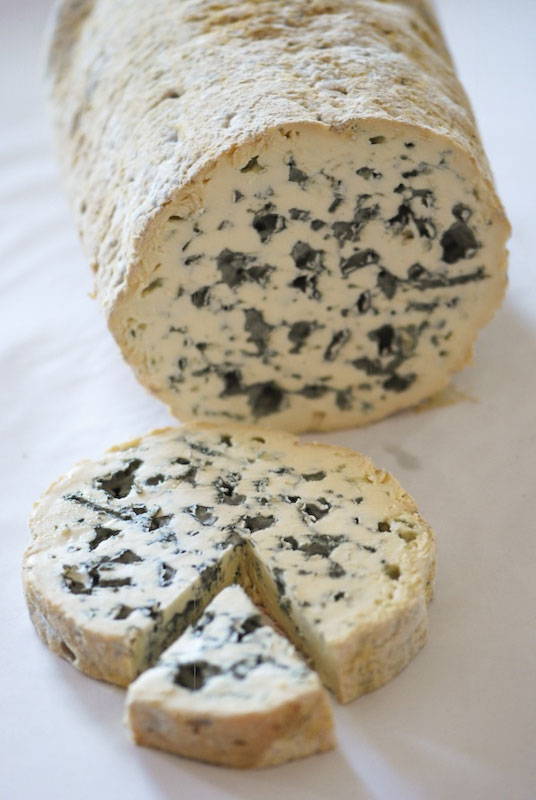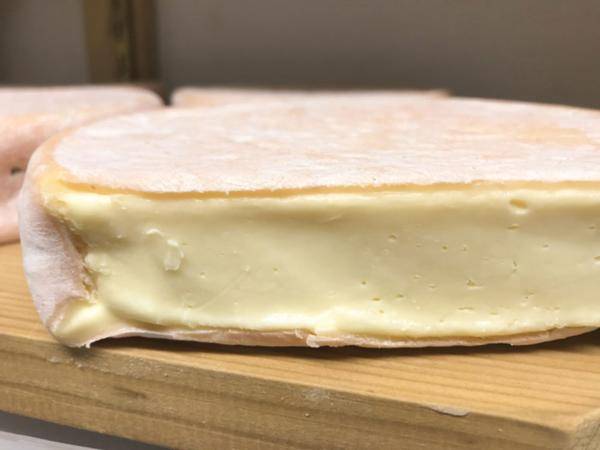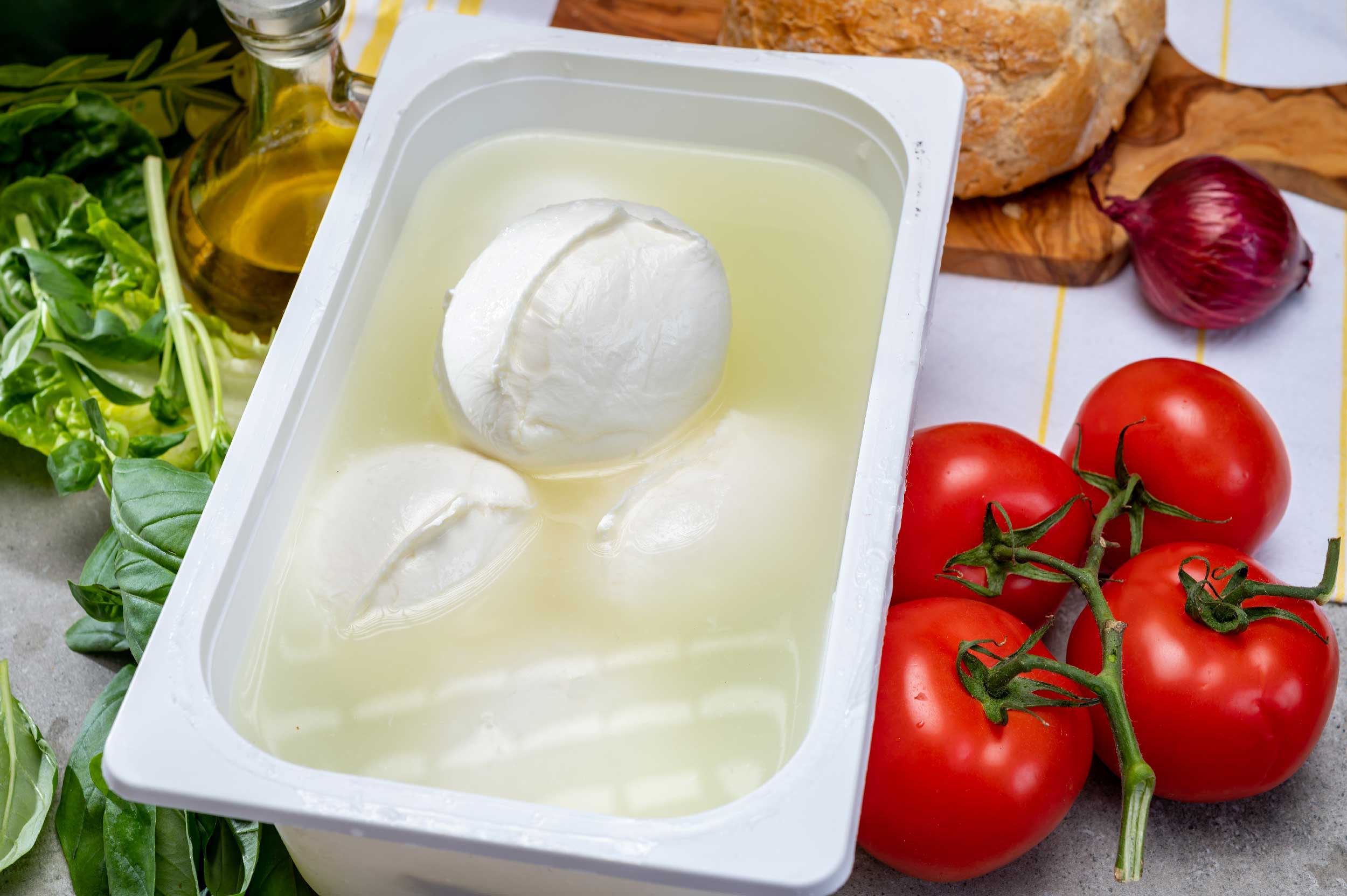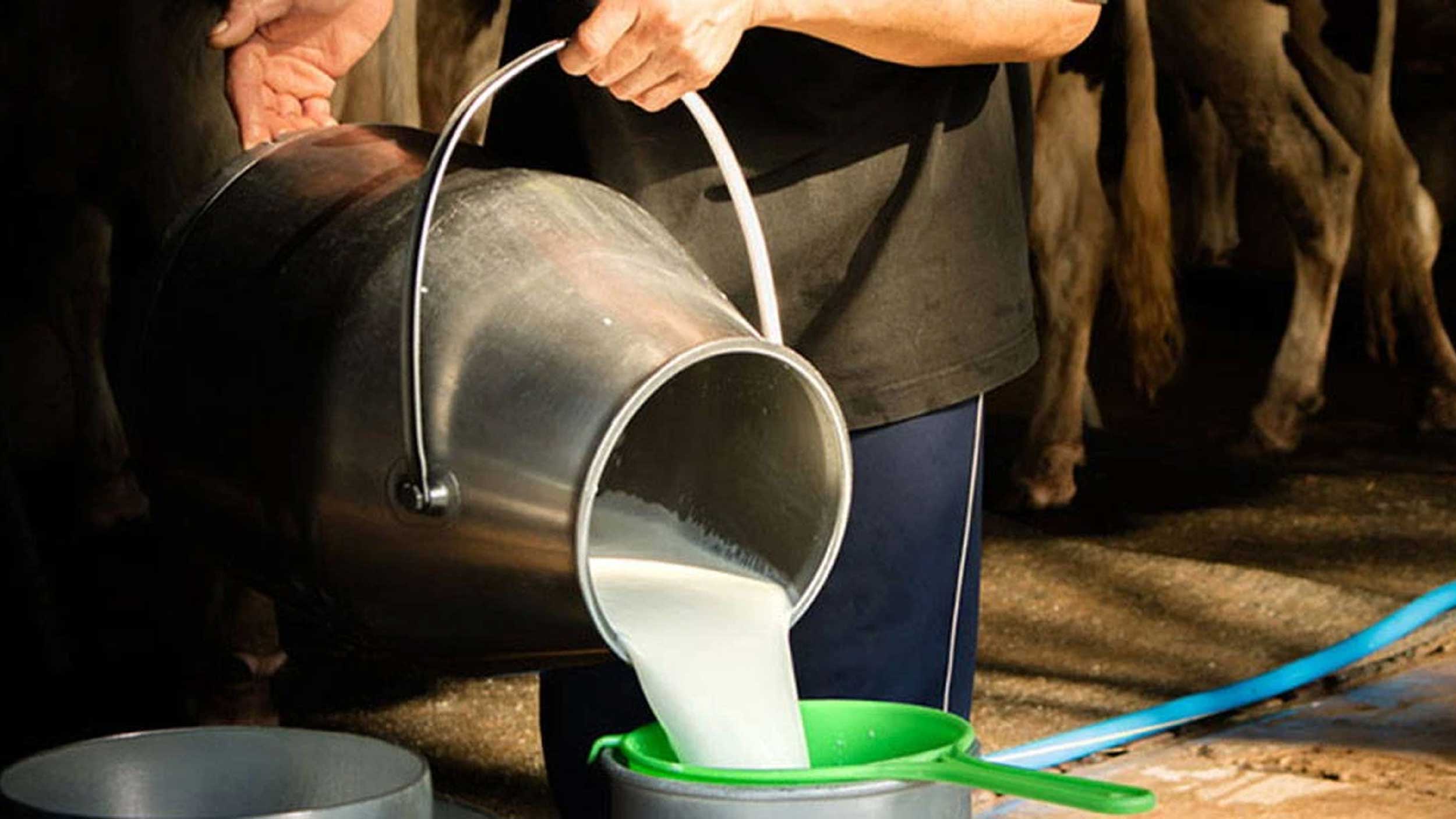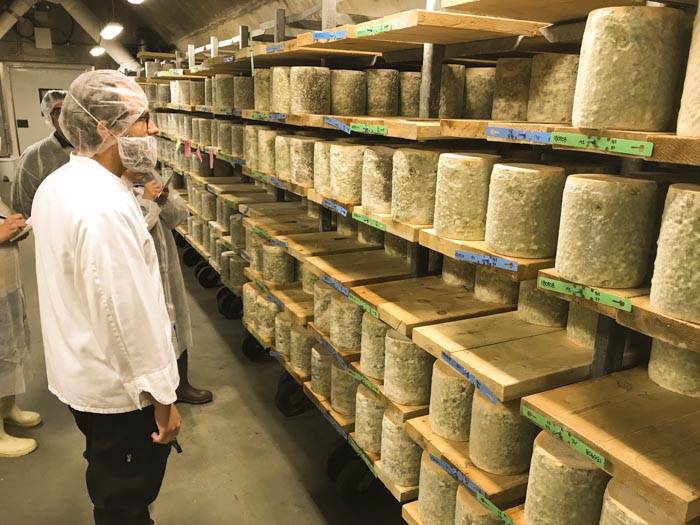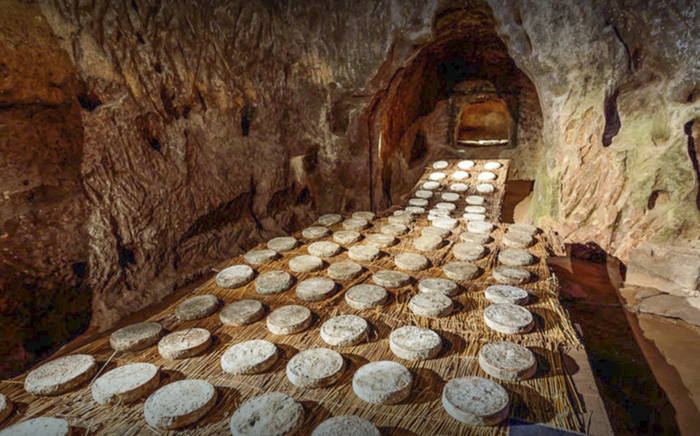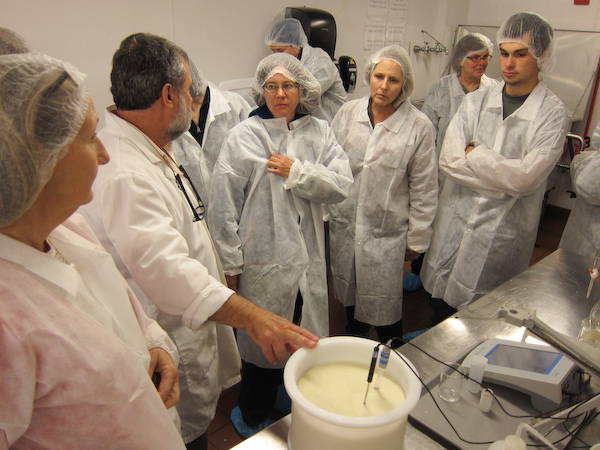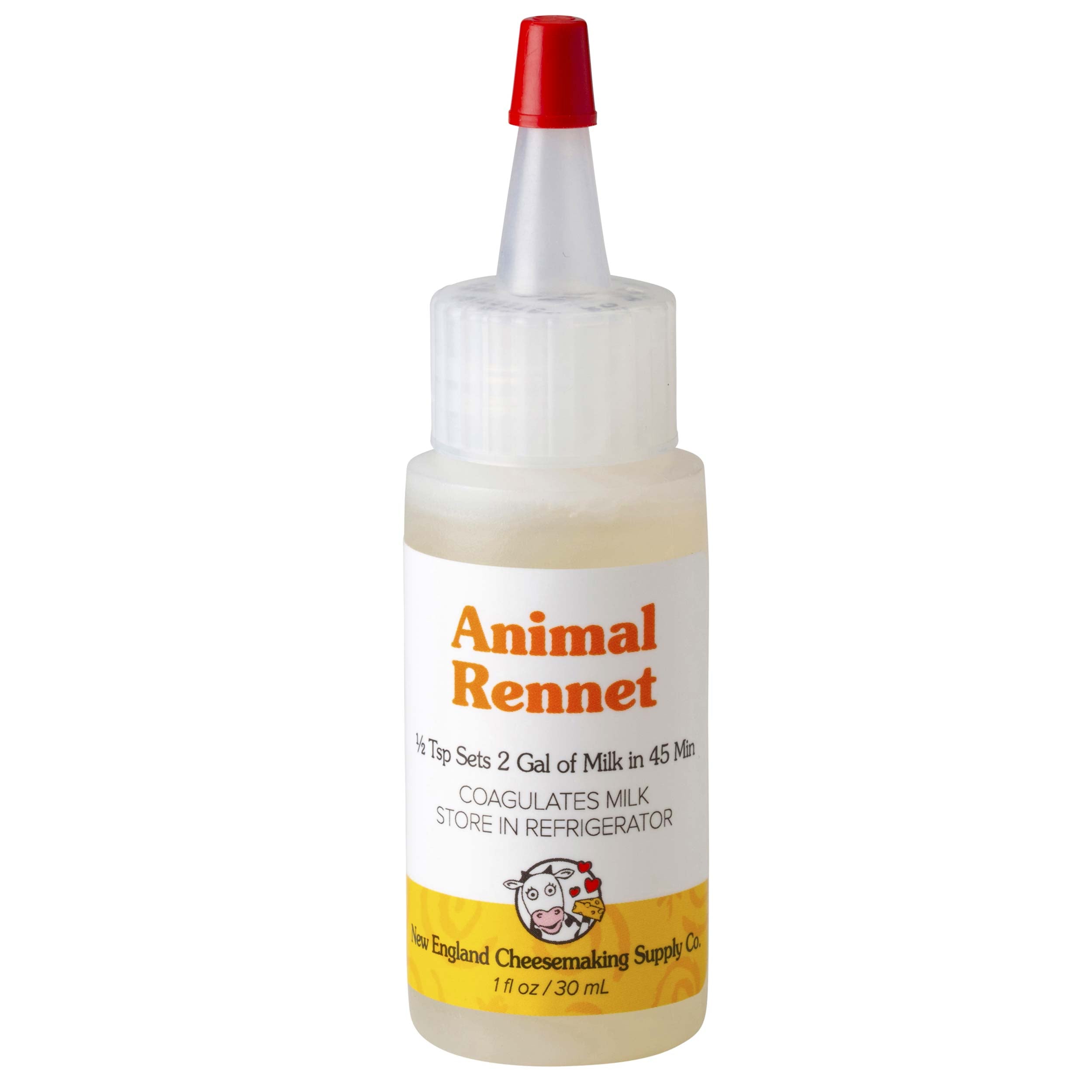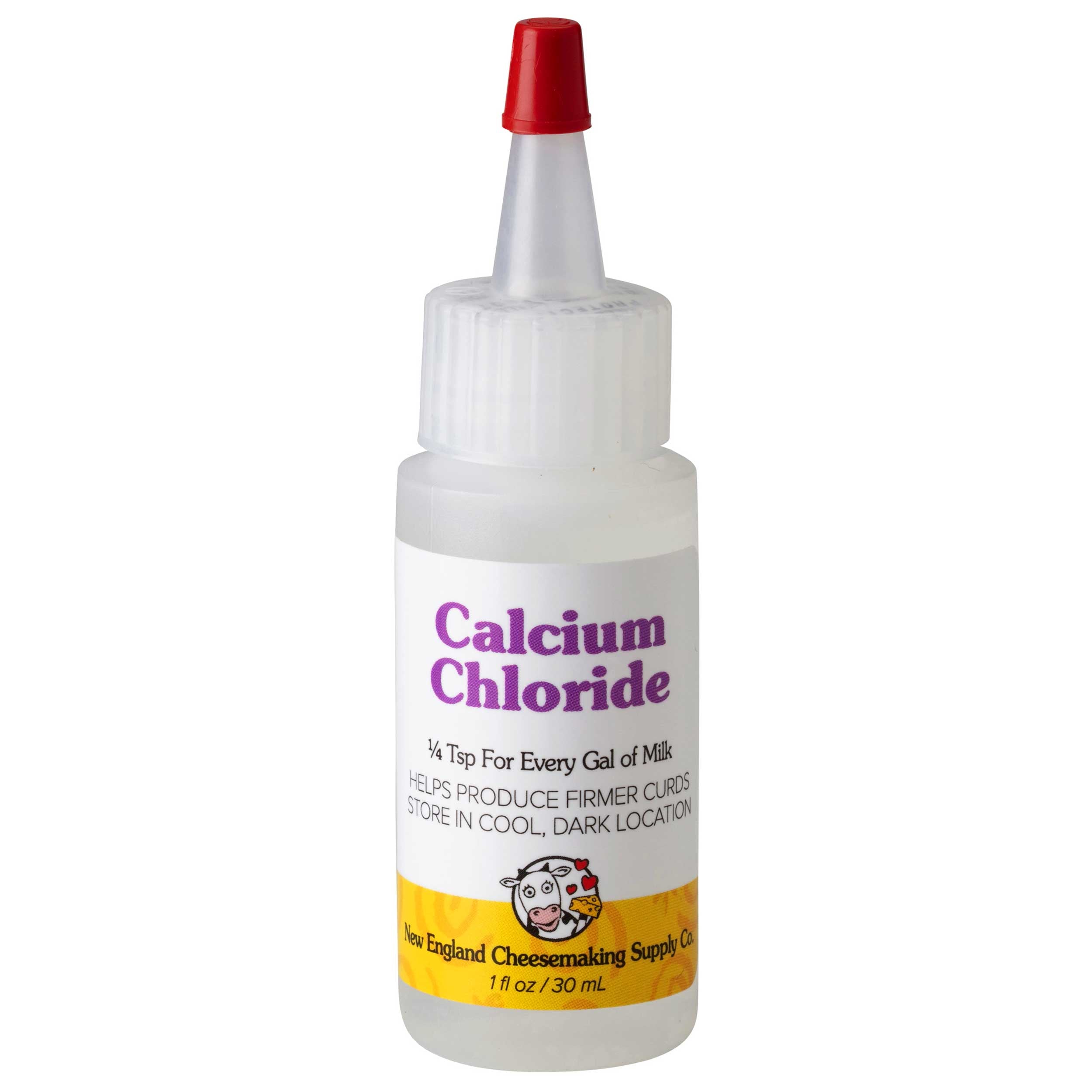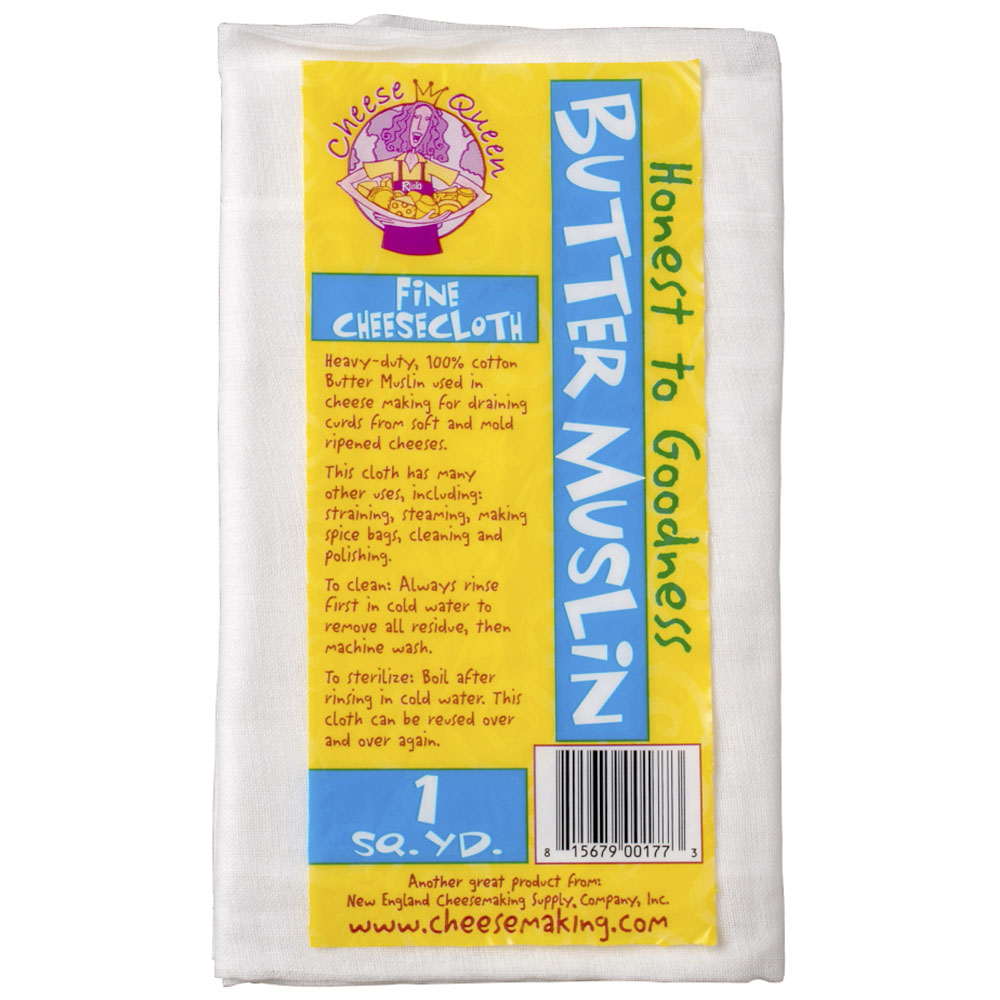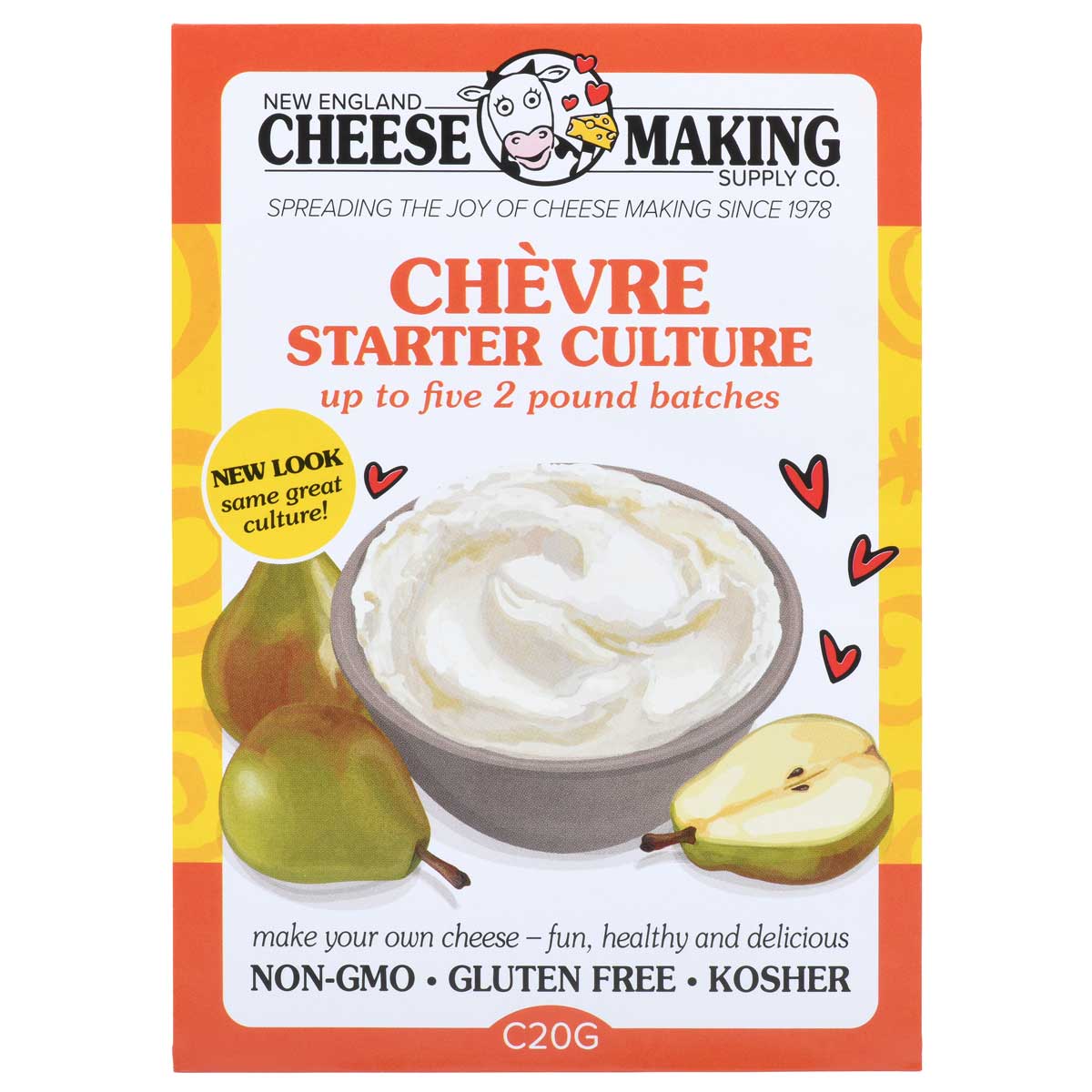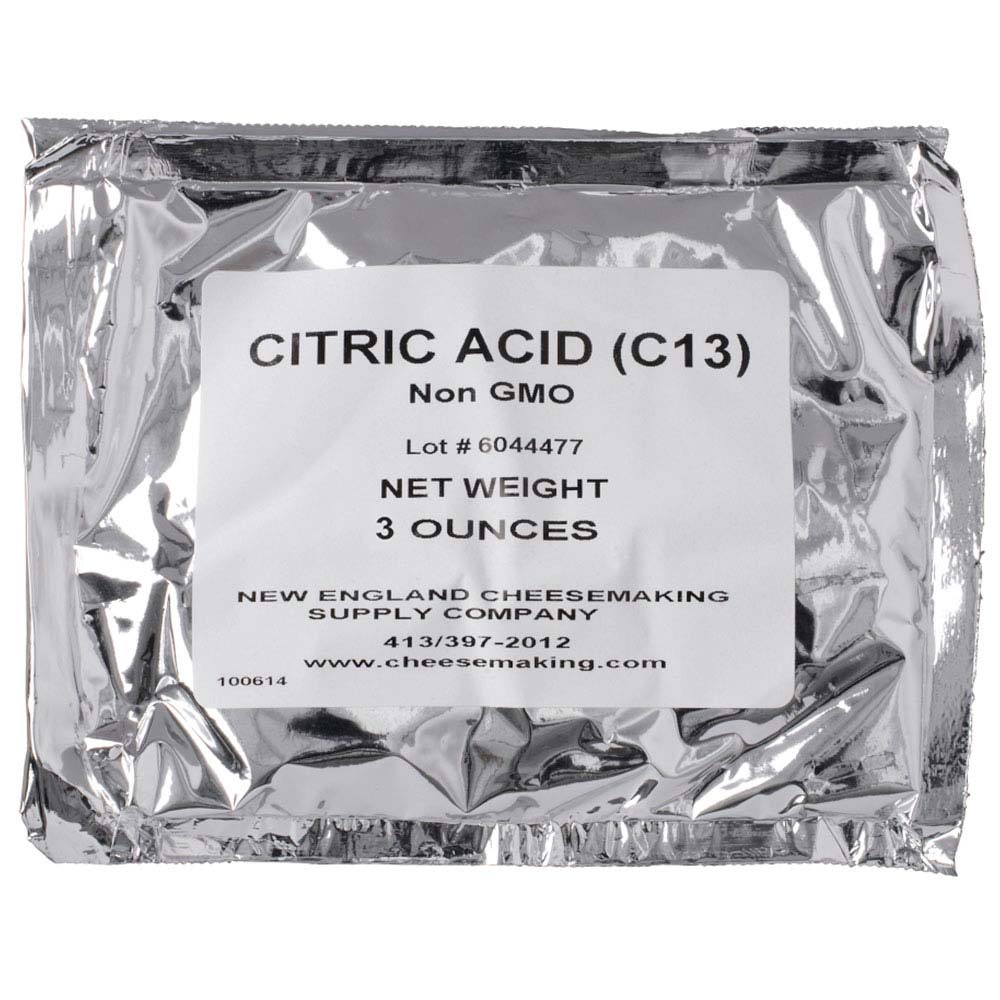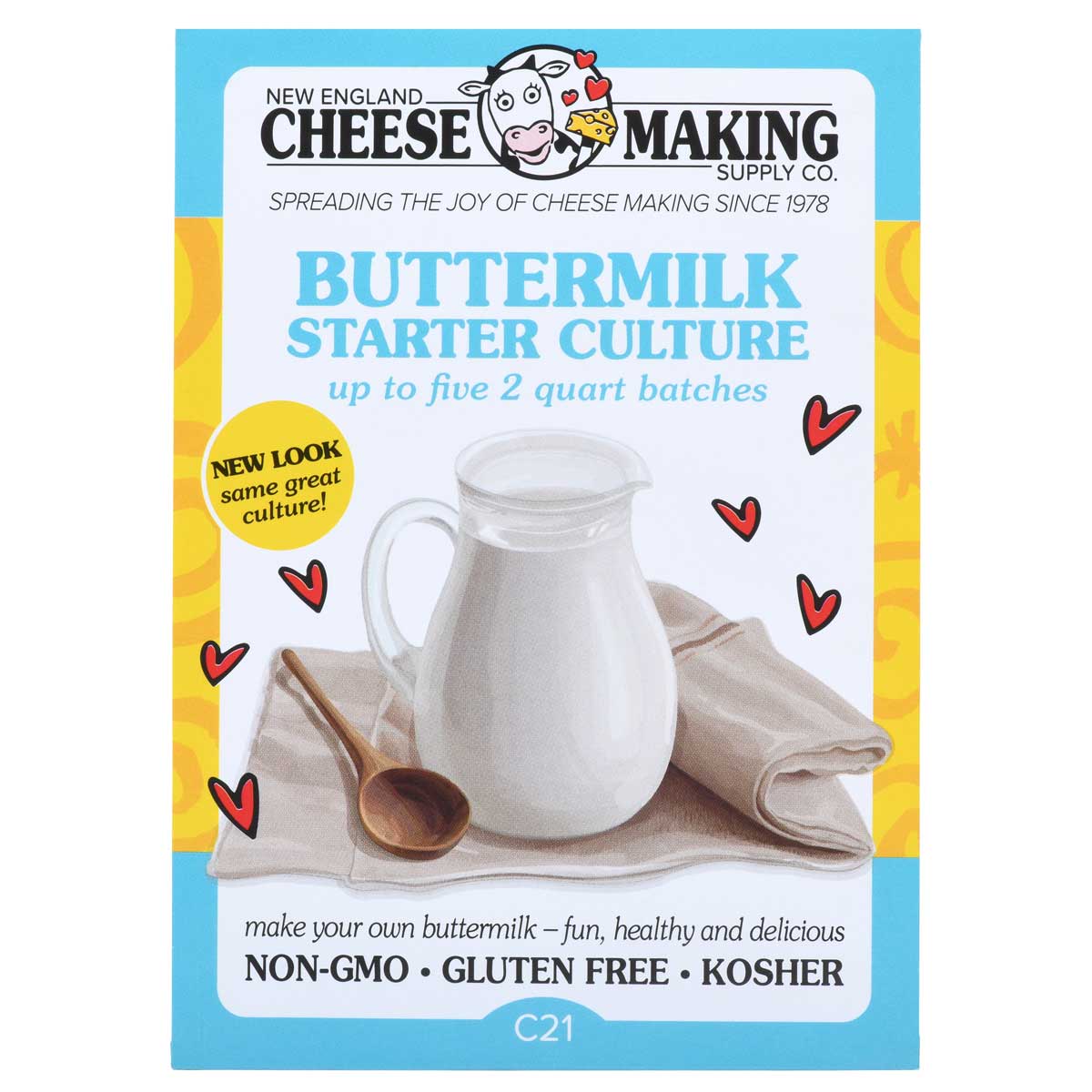Cheese Making News of the Month
Affinage Cheese Course in Vermont
Affinage is the final phase in the life cycle of cheese. This is where the fresh pressed curd undergoes changes in flavor, aroma and texture.
Jim recently attended an affinage cheese course in Vermont where he was able to gain knowledge about the process of aging cheese. This course provided a deep dive into the entire process.
In this article, he talks about the course and it's highlights.
Beginner Resources
Cheese Making 1,2,3
A beginners guide from milk to cheese.
Start Here
Beginner FAQ's
From milk and cream to rennet and aging.
Browse FAQ's
How-To Guides
Learn to make a brine, cheese cave & more.
Learn More
Cheese Workshops
Beginner and advanced workshops.
Sign Up Now
Cheese Making Questions & Answers
Would you suggest washing the walls before using my cheese cave?
Q. I am putting a cheese cave in my basement. It will have 3 smooth concrete walls. I could leave them bare or would you suggest some sort of wash (ie lime wash)?
A. A lot depends on how much of a biosphere you want to keep in the cave itself. In the 'Cellars' at Jasper Hills, some of the walls are bare cement and others are epoxied surfaces. They clean them quite frequently.
If the walls are a washable surface, you can rely on your wooden aging boards for the biosphere.
Which cheeses can be in the same cave?
Q. I am making blue cheese which is likely to be in containers, due to the need for higher humidity. Should I still keep it away from the other cheeses?
How about washed rind - can they go in with hard cheeses?
A. If the blue is in covered boxes, you can age all your cheese in the one cave. The shelves provide enough buffer for the washed rinds, etc.
Anhydrous or crystalline citric acid?
Q. Someone has asked me about the citric acid I buy from you to make mozzarella. Is it anhydrous or is it crystalline citric acid? And do you know what the difference is between the two?
A. The difference is in the amount of water bound up in it, which affects the weight. Our method of making mozzarella is with anhydrous citric acid and specific to developing the correct acidity to stretch well.
You may likely need to do some trials to get the proper stretching qualities if using the monohydrate (crystalline).
When making Belper Knolle, can I substitute that for the chevre culture?
Q. I really want to make Belper Knolle this weekend, but I only have mesophilic culture and rennet. Do you know if I can substitute that for the chevre culture?
A. Mesophilic is quite different from the chèvre or buttermilk cultures and will not produce the open texture desired for Belper Knolle.
When making Belper Knolle, can I substitute that for the chevre culture?
Q. I have a question about your yogurt starter culture Bulgarian which I bought recently. Is it an heirloom culture?
A. The term "heirloom culture" is used a lot in a way that is very misleading.
The term really applies to a natural yogurt culture adapted from the milk and handed on from generation to generation. This would not be a lab prepared culture as some other suppliers advertise. It would have been a made-up yogurt, passed from neighbor to neighbor.
What you are looking for is a direct set culture that can be re-inoculated into fresh milk for many generations without changing substantially.
This is exactly what our Bulgarian Y1 culture will do. It is a very stable balance between the Thermophilus and Bulgaricus strains that does not change from batch to batch.
Have a cheese making question, we're here for you: info@cheesemaking.com
Meet a Fellow Cheese Maker
Farm Fromage in Pennsylvania
Howard Field has been selling artisan cheese in Lancaster County since 2010, when he left his job as a fuel oil salesman in search of a more fulfilling path in life.
Making a big life change can be difficult, but for Howard it was meant to be because it gave him the opportunity to follow his dream and start Farm Fromage.
Now, he and his wife sell 32 world class cheeses, made primarily on small farms by Amish, Mennonite and Brethren cheese makers. These cheese makers are able to stay on their farms, in large part because Howard and Angela market their cheeses.
News From Fellow Cheese Makers
Natural Fig Sap Rennet
I was eating my granola with figs this morning and my milk started to form curds! We grew the figs at our farm King and King Ranch, so they were freshly picked. I’m not sure if that had something to do with the curds.
Thanks for posting your blog article. I had never seen or heard of fig sap being used as rennet. I’m excited to try it... for real, not in my cereal!
Kai Krupa, Fillmore, California
Cool Cheese in Italy
Note: Marianna Veiga and her family have been spending a year in Italy. In December, they will be moving to Slovenia.
Every time I see a cool thing about cheese I think of you, the website, and the community! :-) Take a look at the attached pictures.
- Goat yogurt. I had never seen this in Brazil but sometimes I find it here in Italy. I LOVE goat cheese and having this yogurt with milk is a great treat after a hard day.
- Funky ash goat cheese on a stick (Sainte Maure de Touraine). We crossed the Loire Valley in France by bike last summer and this amazing local chèvre was everywhere. This stick made of straw is typical and allowed me to savagely eat it like a corn dog! Tasted amazing with honey.
Mariana Veiga, World Traveler
Fame on the Continental Divide
Just had to send you a quick note. I went to the dump in Whitehall, a few days ago. I was throwing out some stuff and some old milk lines. The attendant asked if they were milk lines. Then she exclaimed, "I know you! You were on my newsletter." September issue
I think I talked her into trying to make cheese. She has her own nurse cow so has milk available.
Thought it was kinda fun that she recognized me from the article.
Hope all is well.
Wendy Gardner, Whitehall, Montana
PS We have had many snow falls already, since the end of September!
Please send your cheese making news & photos to: moosletter@cheesemaking.com






























